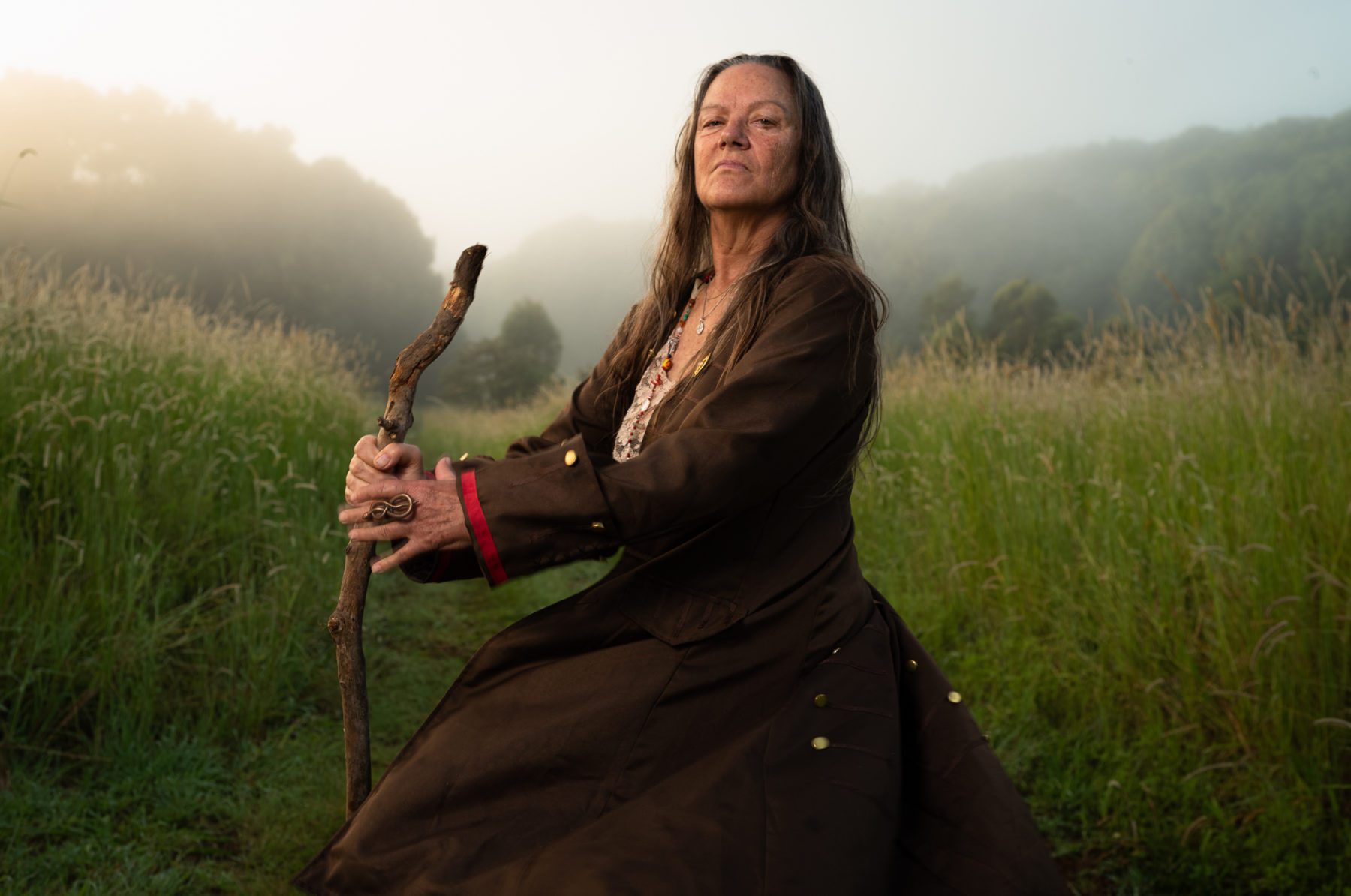Birth Trauma Week Panel – July 18th 2023
My contribution to this panel is to put childbirth and birth trauma in context, with a big picture perspective, to see where Childbirth and Birth trauma fit in a woman’s or individual’s life.
This perspective also shows us the depth of the impact of birth trauma, and how the culture of fear around birth exists in the first place and how it is reinforced over and over.
This perspective also teaches us how best to help heal and prevent birth trauma.
And here we are in Birth Trauma Awareness Week.
At a community gathering to raise awareness about birth trauma, near 500 people showed up!
What a statement.
We know that 1:3 women, individuals, experience birth trauma.
This is a public health issue.
Step 1 with a public health issue:
Raise awareness – in the community and in the health care system.
Raising awareness around health issues is often the first step, a common tactic to validate it, learn about it, and do what is possible to prevent and treat it.
Think endometriosis, due to some political muscle behind it, this is now something the community has much more awareness around and the government has dedicated money toward it to help the individuals who experience it.
The same thing is currently happening with menopause, now it needs to happen with Birth trauma.
What is birth trauma?
How does it happen?
What can we do about it?
Birth trauma is subjective and varies from person to person.
It is not a formal diagnosis, but rather a personal experience.
No one can determine or invalidate another person’s trauma.
The process of childbirth and birth trauma are not isolated incidents, but rather occur within the context of an individual’s life experiences up to that point.
How does it happen? And what can we do about it?
This is what I want to talk about…
The conditions that can lead to birth trauma, And how we can prepare for childbirth knowing that.
To start with, in the main, our culture sees Birth as risky and dangerous, and negatively judges women and people who challenge this dominant perspective.
So the first thing we need to do, is to reframe birth, and to see birth from a Salutogenic perspective, which is from a wellness perspective rather than pathogenic,
which is a disease perspective. A Salutogenic perspective would seek to support the physiological process of birth, and to seek medical assistance when necessary, as opposed to manage it and control it.
But, childbirth isn’t the first time that a woman or individual experiences her/their bodily functions as needing control and management rather than support.
This approach to women’s/female bodies is very familiar and starts at the beginning of her fertility with her menstrual cycle, and then carries on through contraception, conception, pregnancy and childbirth, and then culminates with menopause management and control.
So, we could say that we are groomed from puberty to not trust our body’s natural processes, and today we’re talking about how that shows up in childbirth as birth trauma.
But, imagine for a moment, a world where women didn’t think that their bodies betrayed them, and didn’t think that their cycles were an inconvenience, and didn’t think that natural birth is impossible for most women, people, and who greeted menopause with reverence rather than horror.
This world I’m imagining needs to be created, seeded, long before conception, pregnancy and childbirth.
We need to prepare for childbirth and beyond at menarche and through our menstrual cycle.
Currently, that doesn’t happen, maybe in some small pockets, but in the main, at a girl’s first period, as well as being initiated into womanhood, she is initiated into menstrual shame.
In our culture, young women, and everyone who menstruates are encouraged to reject their menstrual cycle, to hide it, to pretend it’s not happening, and to carry on, business as usual, not showing any weakness, and are living with the constant fear of leaking through their clothes, so the blood would be visible, shameful.
If we reject our menstrual cycle, we reject our body, if we reject our body, we are lost to ourselves.
The menstrual cycle is our compass, our fifth vital sign.
The menstrual cycle runs our life, and everybody who lives under the same roof as us, if you don’t believe that just ask them.
When we reject an aspect of ourselves, it does whatever it can to get our attention. Menstrual pathology continues to rise and of course this is also influenced by the oestrogen pollution in the environment.
Sharon Moloney, a women’s health practitioner in Queensland, says menstrual shame is one of the organising principles of the patriarchy to maintain the oppression of women. And in her PhD about how menstrual shame affects childbirth, she says menstrual shame engenders the perception of female physiology – womanhood, as inherently flawed.
That, Menstrual shame is a key factor that predisposes women to approach Birth feeling fearful, disempowered and vulnerable to intervention…. And I will add, therefore, vulnerable to birth trauma.
She also found through her research that re-designating menstruation as a spiritual phenomena, enabled women to dismantle their menstrual shame, connect with their female spirituality and give birth fearlessly and powerfully. And for some the profound spirituality of birth, transformed their understanding of menstruation.
My point being, birth trauma has many precursors, predisposing factors.
Everything is connected and as such, it’s much easier to address than one might think.
So childbirth in context
Childbirth is a rite of passage.
A time of great change, transformation, we are changed never to return to our original form.
Rites of passage create the future.
Whatever happens at a rite of passage, teaches the person going through it how their culture values the next role they’re going into, and so how to behave to be accepted by the culture.
At menarche , the new role is womanhood – fertility
At childbirth the new role, each time, is motherhood
At menopause, the new role is wise woman.

Rites of passage, create and reinforce culture – on the inside by the mindset – the beliefs, attitudes, and fears that the experience creates, and on the outside by everybody having similar experiences and conforming to the same beliefs, attitudes and fears.
And rites of passage are how we hack the culture, change the future.
Currently, the childbirth rite of passage in our modern western world, is teaching most people that Birth is dangerous and needs to be managed in facilities set up to manage it with experts managing it.
What this looks like is:
1:3 induction of labour
42% epidurals
1:3 caesarean section
And 1:3 women have birth trauma – and that’s reported birth trauma –
1:10 of those with birth trauma have PTSD.
70% of birth trauma is iatrogenic genic, which means caused by the midwives and doctors delivering the service.
But there’s a lot more that happens long before childbirth that leads to birth trauma, for both the women and the birth workers.
Some of those factors are:
our inherited female generational trauma, our attachment style which is created from our own birth, and newborn experience, the childhood trauma we experienced, and our previous rites of passage, especially menarche as I’ve said.
And also our experience of our menstrual cycle, and the attitudes to our body that this created, plus any sexual trauma we have experienced, including abuse, rape, and domestic violence. And all previous pregnancies, if we have had any, including early pregnancy loss or miscarriage and terminations of pregnancy or abortions, all previous pregnancies, impact the next one.
Trauma begets trauma, we know that now.
So each individual woman’s, or person’s experience of everything before their experience of childbirth all adds up to create our beliefs, attitudes and fears,
and behaviour. Which of course, influence the decisions, and choices, we make around pregnancy and birth and mothering and parenting, all of which add up to create the outcome.
Of course, there is no judgement for any of this, there are so many influencing factors that lead to any individual’s experience of giving birth and whether they experience trauma or not. And these factors give us lots of clues for what to do to help.
We need to educate and prepare for birth by doing our own inner work, which includes bringing awareness to, and healing our female generational trauma, and our wounded inner child.
This goes for service providers as well – the midwives, doulas, doctors, need to do the same inner work, because we know that if an individual’s previous trauma is reactivated, it clouds their ability to think straight and act accordingly.
We know this.
So, in preparation for childbirth, we need to develop a new healed relationship with our body, especially around our menstrual cycle, and remove the veil of fear that menstrual shame creates around our bodies and birth and menopause.
Trauma is much more accepted these days, even to the point that we can all expect that it’s what happens, someway, or other to everyone.
It can be something that happens to you, or to someone that greatly affects you, e.g. if your mother has postnatal depression from birth trauma.
It can be an accident, and illness, or abuse, or even the lack of something like love, attention or support.
And according to Dr Gabor mate, who is one of the people leading the world in educating everyone about trauma…
The current cutting-edge perspective of trauma –
Trauma is not the event that happens, trauma is what happens in the individual as a result of the external event. It happens on the body level and the level of the psyche. It is subjective – therefore not defined by anybody other than the individual who experienced it.
So, with birth, it may not be intervention and the resulting cascade of intervention that causes birth trauma if the woman, the person, is treated with respect, gentleness, and kindness, and if she/they are afforded rightful autonomy and sovereignty.
The same birth experience may result in trauma for one woman, person, and not in another.
Birth trauma can happen to somebody even when from the outside, it looks like the ideal birth, but for her, it reactivated previous trauma.
So basically, every woman/ person who is preparing to give birth will have various issues in her past, or her family that predispose her to experiencing trauma at birth, same for the birth workers, and we know the previous trauma can be reactivated when we feel unsafe, unheard and uncared for – these are the dominant complaints that women speak of that result in birth trauma.
So as service providers and as communities and villages, holding families, we need to work together to make sure that the services, support and styles of care that women want are provided for, and that these are all practised using evidence based, women centred care.
There are many psychological theories we can use to help us reduce trauma, and they are simple, and so is the process.
Basically, we need to make sure that women feel autonomy and certainty, and that they are treated with kindness and respect,
nothing less. If these basic things are not upheld, then the likelihood of her, them, being triggered is high, and once triggered, we go into fight or flight or freeze, and that’s trauma.
So the past forward is quite simple –
*provide the styles of care that women want.
*Meet their needs and be kind and gentle.
*support their autonomy in their decision-making and respect that. *Support their inner work in preparation for childbirth, addressing their predisposing factors for birth trauma.
I’ve been involved in the birth world for 40 years now.
As a midwife, as a mother, as a grandmother, as an educator, and as an activist.
And things are not improving, theyre are getting worse.
Intervention increases choices decrease and postnatal depression, and postnatal anxiety increase.
Today, here , us doing this, is one of the most promising things I’ve seen happen.
We have long known that us and them doesn’t work, we have long known we must all work together, midwives, Doulas, doctors and hospitals, with women and their families.
We have long known that the changes required, this revolution needs to be led by the women, the mothers, the people, those for whom the services are meant to serve.
So, I encourage us all to work together and participate in ushering in the much needed change.
Step 1 – send in your story to the Parliamentary Inquiry on birth trauma.
Step 2 – write letters to your local hospital, asking for the services you want – birth centres, homebirth programs, continuity of care,
Midwife group practices, private midwife visiting rights, etc
Step 3 – give feedback about any birth trauma you’ve experienced or witnessed to the HCCC.
And, as a representative of Hygieia Health, our mission is to do all we can to help in this area.
Our focus is on how we can best support, midwives, doulas, Families, doctors, everyone, to reduce the likelihood of birth trauma.
I hope I have been able to introduce some concepts and connections
that some of you may not have seen, basically – one thing leads to the next…
Paraphrasing, what the Buddha said –
if you want to understand why you are where you are, look where you come from, and if you don’t know where we’ve come from.
I suggest you read my little book called herstory, which is about the effects of the patriarchy on women and the feminine.
If you were going to do one community minded thing in your whole life, then working with others to heal Birth, would be a good thing.
As my teacher Jeannine Parvati, Baker said:
We need to heal the earth one Birth at a time.
Thank you for your attention.
We can do this, this is our job,
this is our role, this is what community looks like,
this is what the village it takes to raise a child has to do,
this is one of the important missions of our time.












